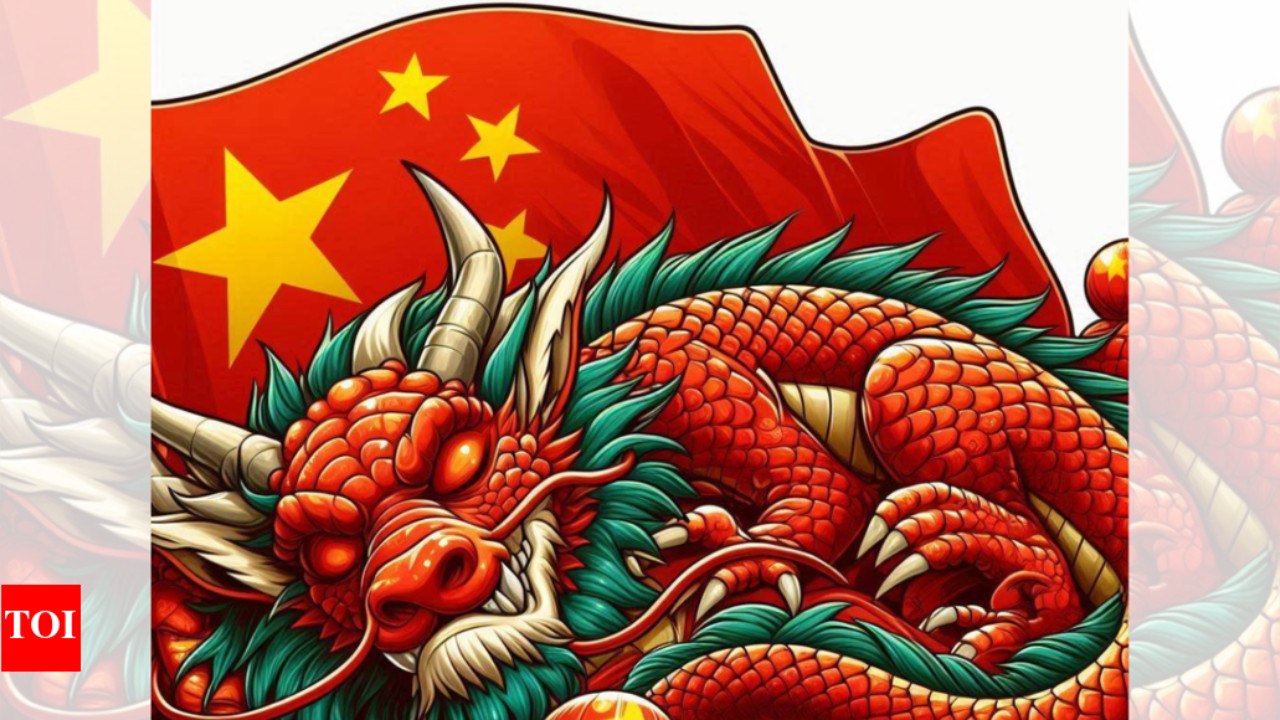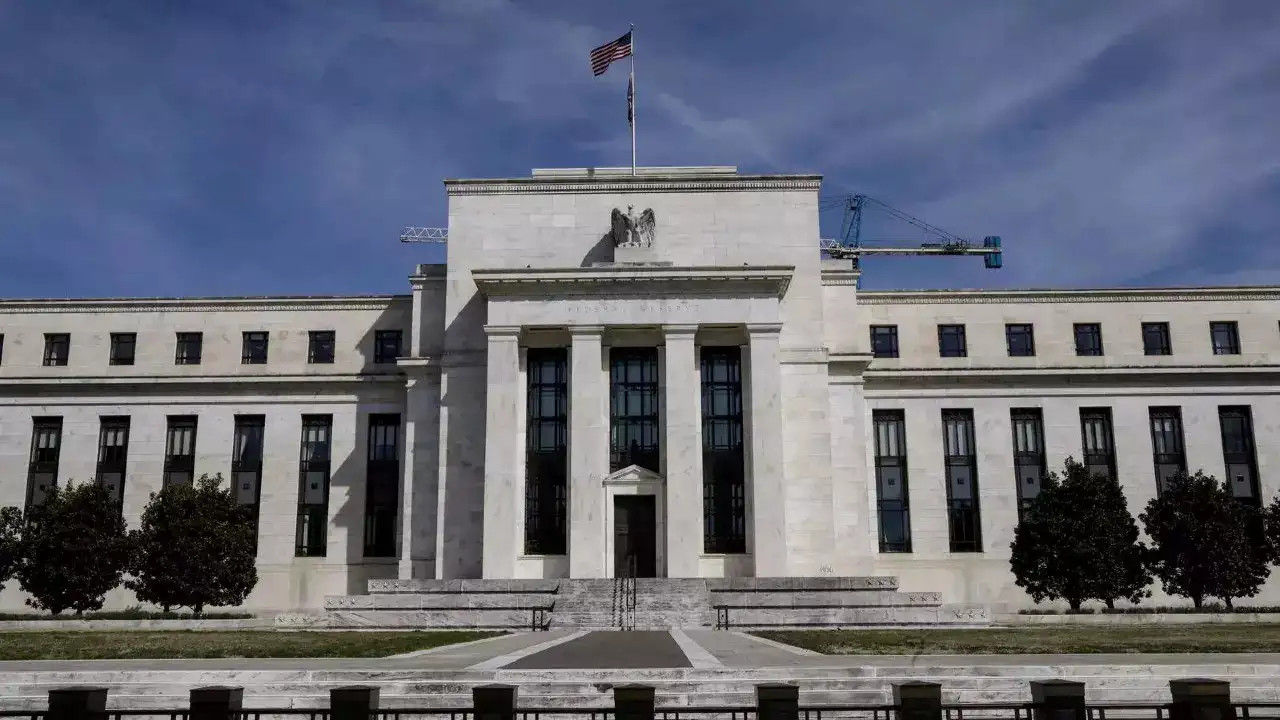Home-cooked meals became pricier in June, Crisil reports, with vegetarian thalis costing ₹27.1, a 3% rise, and non-vegetarian thalis at ₹54.8, up 4%. Tomato prices surged 36% due to reduced supply, while potato and broiler prices also increased. Pushan Sharma of Crisil anticipates further price hikes due to seasonal vegetable costs.
The Great Indian Thali Gets a Little Lighter on Your Wallet
Remember that comfortable feeling of ordering a thali, knowing you’re getting a satisfying and relatively affordable meal? Well, that feeling might be facing a slight squeeze. June saw a bump in the average cost of a thali across India, reminding us that even the most staple meals aren’t immune to the ebbs and flows of the market.
So, what’s cooking (and costing more)? Let’s dig into the ingredients driving this change.
Tomatoes Take Center Stage (and Increase the Price)
The most significant contributor to this price hike? You guessed it: the humble tomato. This kitchen staple saw a whopping 36% price increase in June. That’s a considerable jump, impacting everything from curries and dals to salads and chutneys. Imagine your favorite thali dishes – how many rely on that tangy, bright flavor of tomatoes? A lot! And when the price of this key ingredient surges, it inevitably trickles down to the final cost of your meal.
<img src="tomato-price-hike.jpg" alt="A close-up shot of vibrant red tomatoes, symbolizing the tomato price hike and its impact on the cost of a thali.”>
Beyond tomatoes, broiler chicken and potatoes also contributed to the rise. These are cornerstone ingredients in many thalis, providing protein and carbohydrates that make up the core of a balanced meal. Smaller increases in the prices of these essentials collectively nudge the overall cost of the thali upwards.
Regional Variations in Thali Affordability
Interestingly, the impact wasn’t uniform across the country. Some regions felt the pinch more than others, highlighting the complex interplay of local supply chains, weather patterns, and market dynamics. The price changes also differed between vegetarian and non-vegetarian thalis, reflecting the varying cost structures of their respective ingredients. Generally, non-vegetarian thalis, which often include chicken or mutton, tend to be more susceptible to price fluctuations due to meat market volatility.
We have observed and discussed that overall food inflation has been a persistent topic of conversation in recent times, and the rise in thali prices is a microcosm of this larger trend. Factors such as erratic monsoons impacting crop yields, increasing transportation costs, and global supply chain disruptions all play a role in shaping the prices we see on our plates.
Beyond the Price Tag: The Broader Impact
The affordability of a thali goes beyond just a number. It’s an indicator of food security and accessibility, especially for lower-income groups who rely on these meals as a primary source of sustenance. A sustained increase in thali prices can put a strain on household budgets, forcing difficult choices about spending on other essential needs. This is why monitoring and understanding these price fluctuations is so important. It allows policymakers to implement targeted interventions, such as subsidies or price controls, to mitigate the impact on vulnerable populations. You may find our article discussing [government schemes supporting affordable food](related-article-url) helpful.
Furthermore, the rise in ingredient costs can also affect restaurant owners and food vendors. Many operate on thin margins, and absorbing these price increases can be challenging. They may be forced to either raise prices (potentially losing customers) or compromise on ingredient quality (which nobody wants).
What Does the Future Hold for the Great Indian Thali?
Predicting future food prices is always a tricky game. So much depends on factors outside of immediate control, like the weather or shifts in global trade. However, understanding the drivers behind current price fluctuations – like the tomato price hike – allows for a more informed perspective. Monitoring weather patterns, anticipating seasonal variations in crop production, and strengthening local supply chains are all crucial steps in ensuring the continued affordability of this iconic Indian meal.
The thali is more than just a plate of food. It’s a symbol of Indian culture, tradition, and hospitality. Keeping it accessible to everyone is vital. The recent price increase serves as a reminder of the challenges we face in ensuring food security and affordability in a dynamic and ever-changing world. By understanding the factors at play and taking proactive measures, we can strive to keep the Great Indian Thali within reach for all.







